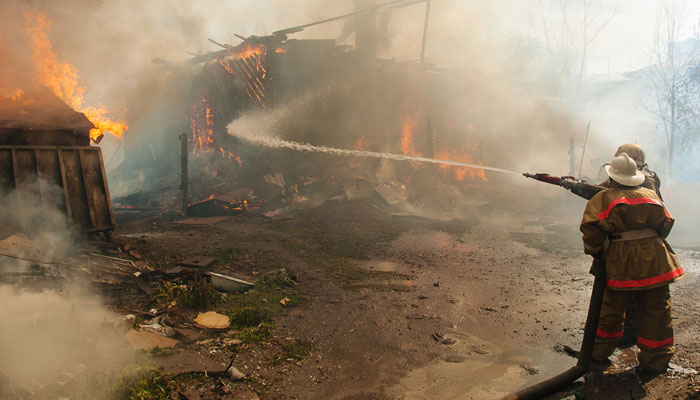Shutterstock
Opinion: Year-after-year, the state of California seems to perpetually deal with devastating wildfire outbreaks, and as President Trump and California Governor Jerry Brown square off citing reasons in opposing corners – the probable cause has a different explanation.

As destructive wildfires are ravaging both Northern and Southern California at the same time, President Donald Trump weighed in blaming forest management, while the state’s Governor Jerry Brown cited climate change and said the ongoing wildfire issues for the state were the “new abnormal.”
Upon close examination, one can see opinions coming from both men that have more to do with their own personal and/or political agendas.
Trump has shown a proclivity toward rolling back environmental regulation. Brown, on the other hand, is a longtime advocate in the fight against slowing global warming.
But are either of these issues actually at the core of California’s wildfire problem? Not likely.
It’s not just the last few years, or even last decade, but at least four decades or more that California’s wildfire woes have been on the rise. Much of California, particularly Southern California, receives little rain and is frequently in drought conditions.
One of the most prevalent causes of wildfires in California comes down to one thing: Humans.
Most often, the causes occur through to neglect, arson or human-related accidents whether it is an actual human being or machinery used by humans.
Californians keep encroaching on nature and building in high fire-risk zones, especially in areas that frequently experience strong wind conditions. Once fires start in these areas, winds cause them to quickly roar up and become out-of-control infernos.
Rather than blaming forest management or the effects of a changing climate, one should be questioning why officials who regulate new development – whether it is town, city or county – keep approving expansion into known fire zones.
Enacting new zoning laws, where people are not allowed to build in areas known to be hazardous, could reduce the impact on human lives and infrastructure when wildfires occur in the state.